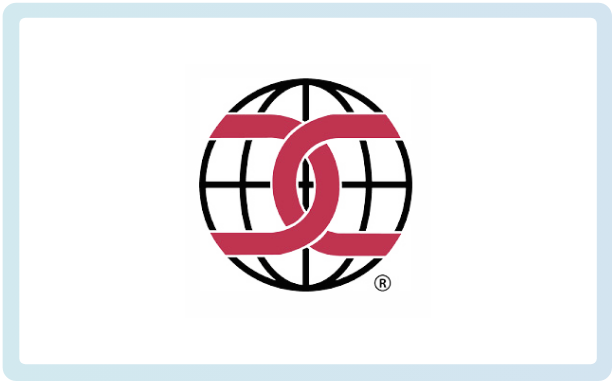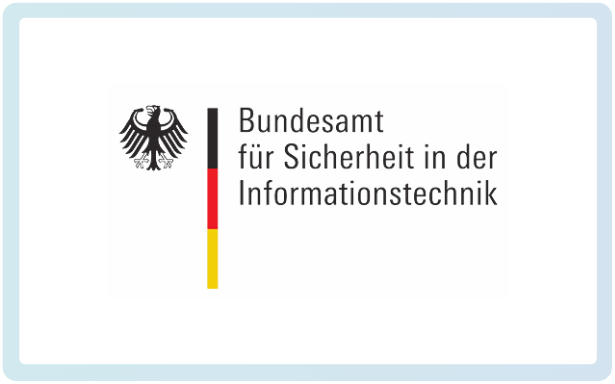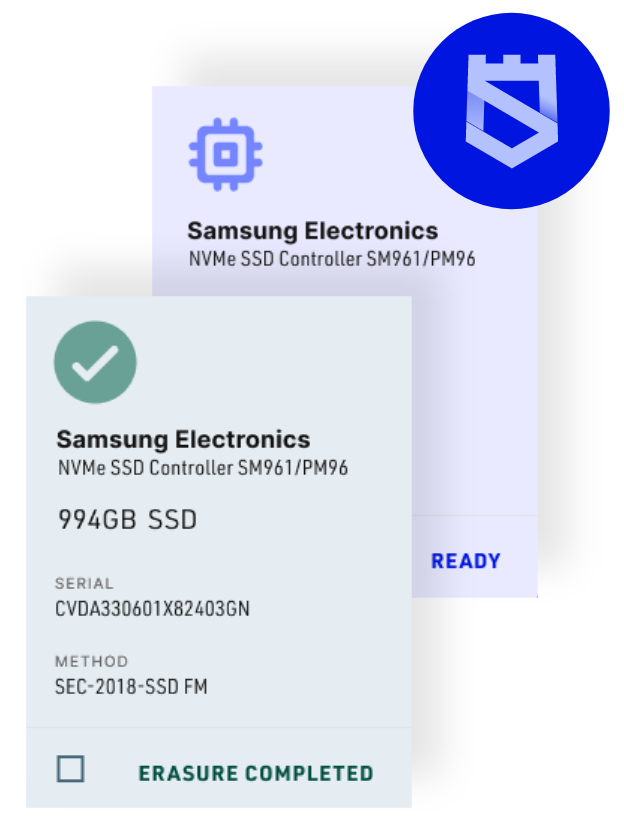

Securaze has successfully undergone thorough and expert cybersecurity reviews that have been approved by both government and independent organizations. Our recognized and authorized certifications are listed below.
At Securaze, we understand the importance of having confidence in the security of our products. That's why we are proud to say that our Erasure Engine, the foundation of our solution, has been certified with EAL2+ by Common Criteria.
Common Criteria is an internationally recognized standard that ensures that evaluations of IT products and protection profiles meet consistent and high standards. With this certification, our Work, Remote, and Mobile solutions have been thoroughly tested and meet these stringent security evaluation standards.


Securaze is proud to announce that our contribution to the data erasure tech industry has been recognized and certified by the CSA Singapore.
The Cyber Security Agency of Singapore is the national agency overseeing cybersecurity strategy, operations, education, and outreach in Singapore. It is responsible for enhancing the resilience and security of Singapore's critical information infrastructure, as well as coordinating cybersecurity efforts across various sectors. The CSA Singapore works closely with government agencies, industry partners, and the public to strengthen the nation's cybersecurity capabilities.
The Federal Cyber Security Authority of Germany, also known as BSI, is a vital player in shaping information security in digitization. They work to prevent, detect, and react to security risks for the government, businesses, and society.
Securaze has been approved through the fulfillment of strict requirements of the BSI guidelines for classified documents.


Attingo has been a leader in data recovery and rescue for over 24 years. Their expertise lies in rescuing data from damaged hard drives, failed RAID and storage systems, and flash media like SD-cards and USB sticks.
We are thrilled to announce that Securaze has been validated by Attingo. The raw data read from 32 NAND chips was decrypted and analyzed, and there was no indication of previously created signatures. This proves that the deletion method used by our software effectively destroys the physical areas of the media that are not logically accessible.
